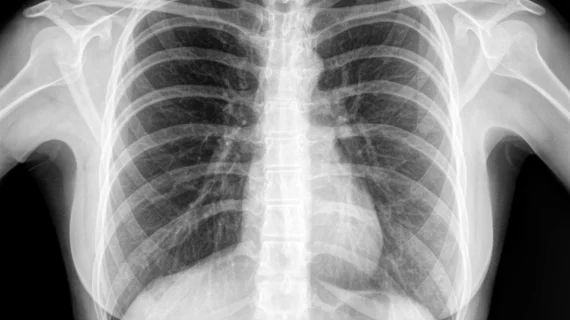FDA shares 2 guidance documents for imaging providers
The FDA has published two new guidance documents designed to align the agency’s requirements for x-ray imaging devices with various international standards.
One guidance, “Medical X-Ray Imaging Devices Conformance with IEC Standards,” is related to the regulation of x-ray solutions subject to the Federal Food, Drug & Cosmetic Act (FD&C Act). The FDA’s goal is to line up the Electronic Product Radiation Control (EPRC) subchapter of the FD&C Act with standards published by the International Electrotechnical Commission (IEC) to “help ensure more efficient and consistent regulatory review of submissions for these products.” The guidance also includes recommendations for vendors to help them comply with IEC requirements.
“Manufacturers and importers of medical x-ray imaging equipment must follow the current EPRC regulations and procedures or provide a declaration of conformity to equivalent IEC standards, as outlined in this guidance, to fulfill the requirements of the EPRC regulation,” according to a statement published on the FDA’s website. “Using a declaration of conformity to equivalent IEC standards reduces duplication of efforts by manufacturers and allows FDA to provide more efficient and consistent regulatory reviews of submissions relating to medical x-ray imaging devices.”
The full guidance document is available here.
The second guidance, “Policy Clarification for Certain Fluoroscopic Equipment Requirements,” works to clarify how the FDA interprets certain aspects of the federal performance standard for fluoroscopic equipment. The guidance goes through various parts of the performance standard, sharing the FDA’s own interpretation of what they mean and providing examples as necessary.
The full guidance document is available here.

